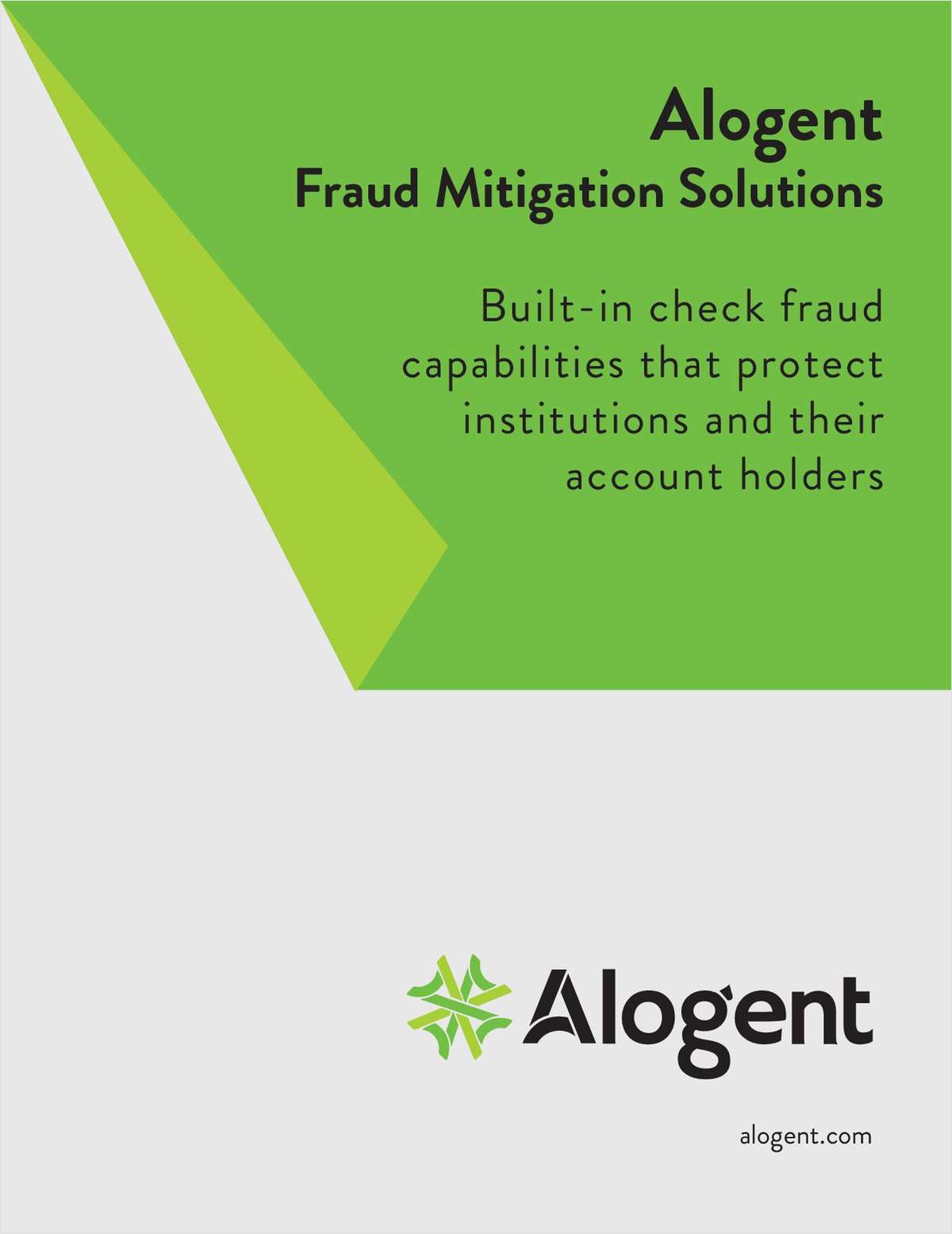There are many channels where IT innovation can bring impact to the credit union's bottom line, but one of the most challenging channels for IT to target is collections.
For some reason both departments have a difficult time coordinating. IT has a need for specific scopes of work and Collections has a difficult time breaking free from the volume of their daily efforts to articulate their needs.
This innovation disconnect can be overcome by focusing on three strategic areas:
- data gathering to improve skip tracing
- shortening the window of successful promise to pay transactions
- Monetary opportunity tracking
Not having current member data to work with can be a serious obstacle to skip tracing. Phone numbers, emails, and addresses are sometimes out of date, which can hamper a collector's efforts when trying to make contact with the borrower.
So where does IT fit in this effort? What programming has been done to regularly update member data at the CU? Does the age of the current data require re-validation?
It is odd to me that many credit unions do not feel comfortable asking its membership to validate their email, phone, and mobile info but places like Walmart and Best Buy have no problem asking for its customers to confirm email and phone number information at each purchase.
If IT were to address one area only, this would be it. If you ensure member data is current, your collection recoveries will likely improve.
Have you ever noticed that most departments have their own buzz words and jargon? If you are an IT professional and plan on working with your collections group to find opportunities you need to understand the impact of a “promise to pay.”
A promise to pay is simply that. It's an agreement between the credit union and the borrower on when the past due payment(s) will be made. Once a promise to pay is made, your collections department must track whether the borrower met the obligation.
It goes without saying your collections department will need automation for tracking these promises, and the manager will need to see the results per collector.
The good news is that most collection systems provide this today. And while a promise to pay is better than no contact, receiving payment “in the moment” is far better.
That is also possible today by offering pay by phone services, including payment by debit card and check (ACH). SWBC is one such provider. Some credit unions are also considering using PayPal.
Not all collection activities are “member-friendly.” One little-used process is what I call “monetary opportunity tracking,” which is essentially a real-time deposit alerts for collections.
These alerts are triggered by an in-branch deposit or an incoming ACH item. Using the SSN as the key, when funds are deposited into a past due account, the collections department receives a real-time alert via email or even text message, if they deploy the use of cell phones (a little trick for those credit unions who want a non-credit union number to use when contacting certain borrowers). You could also place automated holds on these funds.
Most IT innovation is currently focused on front-line service delivery. However, I think time would be well spent placing efforts in working with these behind the scenes groups that, unbeknownst to some, has a significant influence on the credit union's bottom line.
Improving collection efforts will more than pay for the time and energy invested by IT. And in most cases, the return is almost immediate (wish we could say that about all the “swank” things we deliver to the front-line).
James Burke-Frazier is with the Department of Special Projects at Wescom Resources Group.
Complete your profile to continue reading and get FREE access to CUTimes.com, part of your ALM digital membership.
Your access to unlimited CUTimes.com content isn’t changing.
Once you are an ALM digital member, you’ll receive:
- Breaking credit union news and analysis, on-site and via our newsletters and custom alerts
- Weekly Shared Accounts podcast featuring exclusive interviews with industry leaders
- Educational webcasts, white papers, and ebooks from industry thought leaders
- Critical coverage of the commercial real estate and financial advisory markets on our other ALM sites, GlobeSt.com and ThinkAdvisor.com
Already have an account? Sign In Now
© 2024 ALM Global, LLC, All Rights Reserved. Request academic re-use from www.copyright.com. All other uses, submit a request to [email protected]. For more information visit Asset & Logo Licensing.









